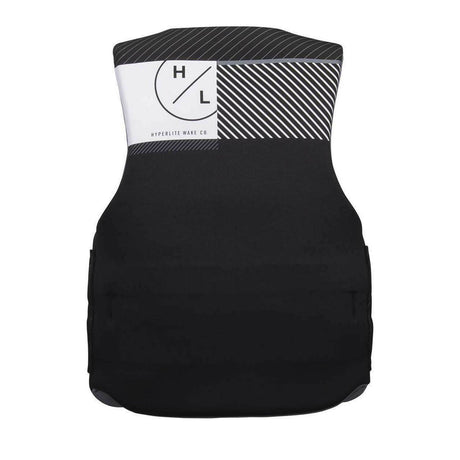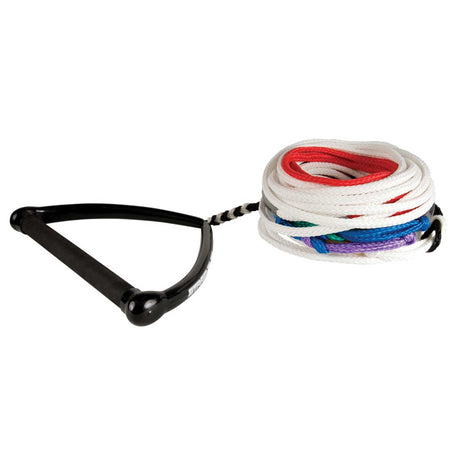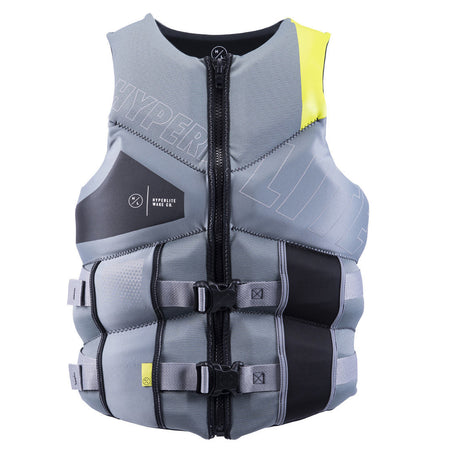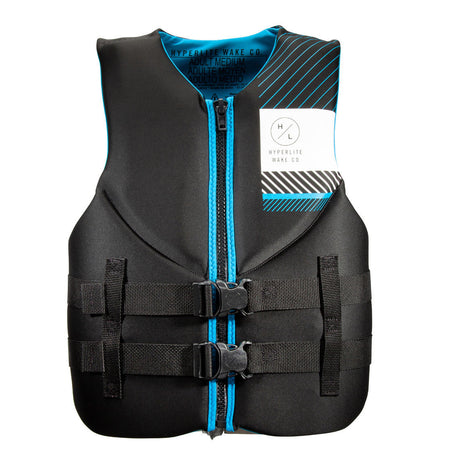An anchor rope, also known as an anchor line, is an essential tool for any boater navigating the waters. Whether you’re enjoying a leisurely day on the lake or embarking on a deep-sea fishing excursion, knowing how to properly use an anchor rope is crucial for safety and peace of mind. In this blog post, we’ll explore some best practices for using an anchor rope effectively to ensure a safe and secure boating experience.
Choose the Right Anchor Rope:
Selecting the appropriate anchor rope for your vessel is the first step in ensuring a successful anchoring experience. Consider factors such as the size and weight of your boat, as well as the depth and conditions of the water where you’ll be anchoring. Opt for a high-quality anchor rope made from durable materials such as nylon or polyester, which offer strength, elasticity, and resistance to abrasion.
Determine the Proper Length:
One of the most common questions is, "How long should your anchor line be?" The length of your anchor rope should be at least three times the depth of the water where you’ll be anchoring. This ensures that the anchor will hold securely and provides enough scope for proper anchoring in varying conditions. Additionally, consider factors such as tidal changes and wind conditions when determining the length of your anchor rope to prevent dragging or drifting.
Tying the Rope to the Anchor Line:
Tying the anchor rope to the anchor line requires a secure and reliable knot to ensure that your anchor stays in place. One popular knot for this purpose is the "anchor bend" or "fisherman's bend" knot. Here's how to tie it:
- Pass the end of the anchor rope through the anchor line's eye or loop.
- Wrap the end of the rope around the standing part of the anchor line.
- Pass the end of the rope back through the loop created by the first wrap.
- Continue wrapping the rope around the standing part of the anchor line three or four times.
- Finally, pass the end of the rope through the loop formed by the wraps, tighten the knot, and secure it with a couple of half-hitches.
Using the Right Knot:
In addition to tying the anchor rope to the anchor line, it's essential to use the right knot to secure the anchor rope to your boat. One question we often get asked is, "Which knot is frequently used to secure the end of the rope to an anchor point?" One commonly used knot for this purpose is the "cleat hitch." Here's how to tie it:
- Wrap the anchor rope around the cleat on your boat, starting from the side opposite the direction the rope will be pulled.
- Cross the rope over itself to form a loop.
- Wrap the rope around the opposite horn of the cleat, then cross it over the original loop.
- Continue wrapping the rope around the cleat, alternating sides with each wrap.
- Finally, tuck the end of the rope under one of the wraps to secure it in place.
Use Proper Anchoring Techniques:
When anchoring your boat, it’s essential to use proper techniques to ensure a secure hold. Start by lowering the anchor slowly and steadily, allowing it to reach the bottom before securing the anchor rope to the cleat or anchor point on your boat. Avoid dropping the anchor too quickly or dragging it along the bottom, as this can disrupt the anchoring process and lead to instability.
Pay Attention to Anchor Rope Maintenance:
Regular inspection and maintenance of your anchor rope are essential for its longevity and effectiveness. Check for signs of wear, fraying, or damage, and replace any worn or damaged sections promptly. Rinse the anchor rope with fresh water after each use to remove salt, sand, and debris that can cause deterioration over time.
Monitor Weather and Tide Conditions:
Stay vigilant of weather forecasts and tidal conditions when anchoring your boat. Sudden changes in weather or tidal currents can affect the stability of your anchor hold and pose safety risks. Be prepared to adjust your anchoring position or seek shelter in adverse conditions to ensure the safety of your vessel and passengers.
Maintain Proper Scope:
Maintaining the proper scope, or ratio of anchor rope length to water depth, is crucial for effective anchoring. Aim for a scope of at least 7:1 in calm conditions and up to 10:1 or more in rough or stormy weather. This allows the anchor to set securely and provides the necessary holding power to keep your boat in place.
Always Have a Backup Plan:
Even with proper anchoring techniques, unexpected situations can arise. Always have a backup plan in place, such as additional anchor ropes or alternative anchoring methods, to ensure your safety and the safety of your vessel in case of emergencies or equipment failure.
Mastering the art of anchor ropes is essential for safe and secure boating. By following these best practices and guidelines, you can enjoy peace of mind knowing that your vessel is anchored effectively and prepared for any adventure on the water. Happy boating!















